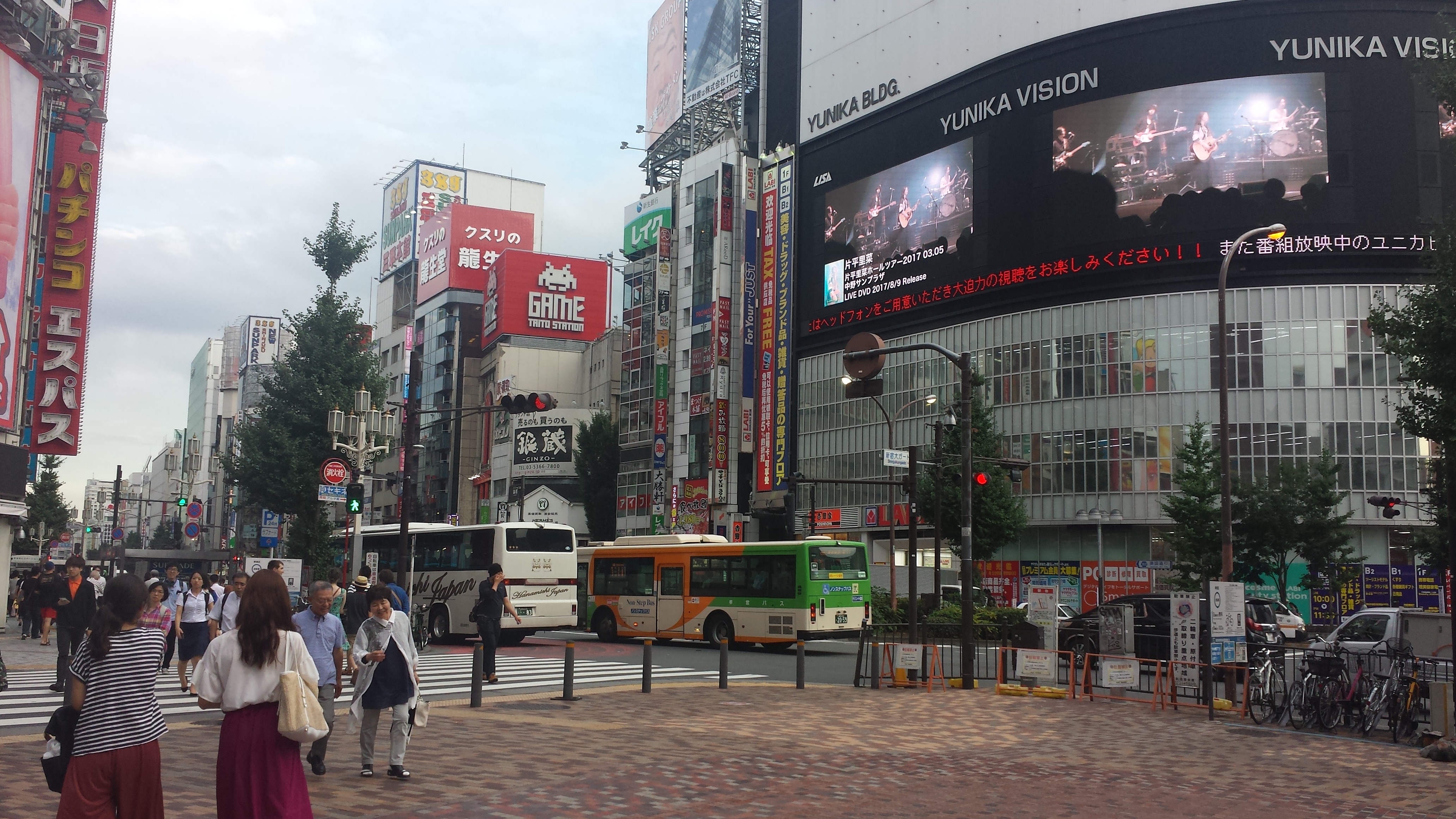
Uploaded on 2017-08-19 by Yuichi Oka
1 First, I think about stocks and flows in the Japanese capital Tokyo about 5 items which are population, building& infrastructure, information, energy, and food. Regarding the population, the stock is about 10 million. There is natural change and social change, but social increase from other regions and countries is positive flow, the natural decline due to the declining birthrate and the aging population is negative flow, and the total flow is positive. For buildings and infrastructures, the positive flow continued as population increased, so the amount of stock has increased so far. However, as the population growth rate becomes moderate, plus flow of new construction decreases and dismantling of old buildings (negative flow) also increases, so the stock increase will be slight in the future. As well as housing, roads, water supply and sewerage have been almost completed, and the emphasis shifts to stock maintenance in the near future. As for the information, since a large number of people reside, and commercial and business functions are concentrated, a lot of information is input, accumulated and used by people and businesses operating in the city. There is information that became old and disappeared, but it seems that they are kept as it is. Energy is dependent on fossil fuels for many of them, and there are a few derived from sunlight and river water etc. Regarding energy, most of it is acquired from outside Tokyo (inflow), consumed in the city, and it emits heat around the city. And the amount of stock stored in homes and businesses is limited to a few fossil fuels. As for food, there is little agricultural land in the city, so supply from outside the city and abroad is necessary. Because of this, the inflow increases, many foods are temporarily stocked in the refrigerator but are consumed in a short period of time, so stocks are only a few days to a week in general households. 2 Here I describe my findings based on the concept of stocks and flows. Stocks are satisfied with respect to buildings and infrastructure, and large problems are unlikely to occur even if there are few new flows. On the other hand, with respect to energy and foods, inflow and outflow are large and stocks are small, so securing a stable flow is crucial. Even for those which are closely related to our lives, we found that the balance between stocks and flows varies greatly depending on the item. 3 How these stocks and flows could change in the future for the benefit of Tokyo. For buildings and infrastructures, rather than increasing the amount of stock, it should focus on maintaining functions through appropriate management and renewal. As for information, it is beneficial to construct an information processing system that can acquire new knowledge by appropriately processing the information stock from the past simultaneously with the current information. Regarding energy, popularization of photovoltaic power that can be supplied at home and in companies is increasing, and dissemination of storage batteries contributes to efficient use so that electricity can be stored. We also promote the spread of high efficiency power generation and heat supply systems such as cogeneration. These will diversify the energy source that depends on fossil fuels and nuclear power, and it will be possible to provide stable supply and efficient use of energy. Regarding food, there is a reducing need for large-scale and long-term preservation at home due to the development of transportation and preservation technology. However, in preparation for emergencies such as earthquake disasters, food for a certain number of days that can be stored for a long period to secure stocks (including drinking water) in homes, companies and regions are useful. It is thought that correlating each element using the above information will lead to improvement of comfort, efficiency, and resilience of our city.